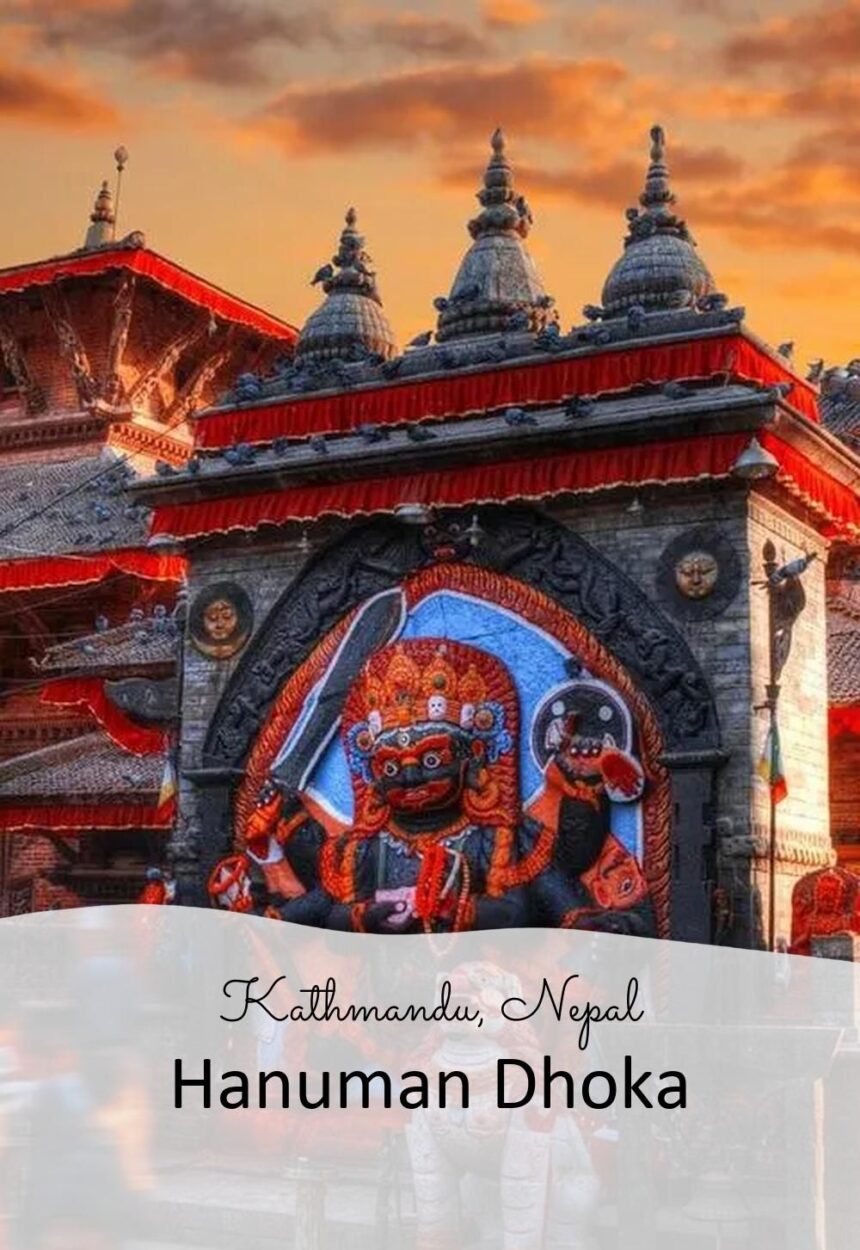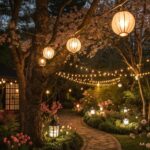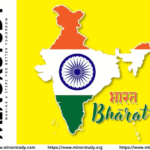Introduction
Situated in the heart of Kathmandu Durbar Square, Hanuman Dhoka is an iconic royal palace complex and cultural hub in Nepal. Known for its historic architecture, traditional artistry, and spiritual significance, it is a treasure trove for travelers seeking cheap vacation ideas with culture and history.
- Introduction
- History of Hanuman Dhoka
- Fascinating Facts About Hanuman Dhoka
- Timeline of Hanuman Dhoka
- Significance of Hanuman Dhoka
- 1. Historical Significance
- 2. Architectural Importance
- 3. Cultural & Spiritual Role
- 4. Tourism & Economy
- 5. Educational Value
- Observance & Cultural Practices
- Wishing at Hanuman Dhoka
- Daily Life Impact
- FAQs About Hanuman Dhoka
- Important Tips for Visitors
- Importance in Society
- Conclusion
Hanuman Dhoka is more than just a palace; it is a symbol of Nepalese heritage, royal legacy, and artistic brilliance, attracting tourists, historians, and pilgrims alike. This guide explores history, fascinating facts, timeline, significance, observance, wishing, FAQs, daily life impact, and societal importance, all in a human-friendly, engaging style.
History of Hanuman Dhoka
Origins: Built in the 12th century, Hanuman Dhoka served as the royal palace for Malla kings and later the Shah dynasty.
Name Origin: “Hanuman Dhoka” is named after the statue of Lord Hanuman at the main entrance, symbolizing protection and strength.
Royal Residence: The palace was the seat of power for Nepalese kings, hosting coronations, ceremonies, and administrative functions.
Cultural Significance: Over centuries, the complex became a center of art, music, and festivals, reflecting Nepalese heritage.
UNESCO Recognition: Part of Kathmandu Durbar Square, a UNESCO World Heritage Site, emphasizing its historical and cultural value.
Fascinating Facts About Hanuman Dhoka
Architectural Marvel: The complex features Newar-style pagodas, intricate wood carvings, and stone sculptures.
Statue of Hanuman: A giant stone Hanuman statue guards the main entrance, symbolizing courage, loyalty, and protection.
Royal Artifacts: Hanuman Dhoka houses palatial courtyards, ancient thrones, and royal memorabilia.
Coronation Site: Nepalese kings were traditionally crowned here, making it a site of historical importance.
Festivals & Rituals: Major festivals like Indra Jatra and Dashain involve ceremonies and celebrations in the palace courtyards.
Museums & Galleries: Portions of the palace now serve as museums, displaying royal artifacts and historical relics.
Cultural Education: Visitors can learn about Nepalese monarchy, Newar architecture, and traditional rituals.
Timeline of Hanuman Dhoka
12th Century: Initial construction by Malla kings.
16th–18th Century: Expanded and renovated under later Malla rulers.
1768: Shah dynasty takes over Kathmandu, using Hanuman Dhoka as the royal palace.
20th Century: Further renovations and partial conversion into museums.
1979: Kathmandu Durbar Square, including Hanuman Dhoka, recognized as a UNESCO World Heritage Site.
Present: Functions as a cultural and historical landmark, attracting tourists worldwide.
Significance of Hanuman Dhoka
1. Historical Significance
Hanuman Dhoka represents centuries of Nepalese royal history, witnessing coronations, royal decrees, and national events.
2. Architectural Importance
The palace complex showcases Newar architecture, intricate woodwork, and stone sculptures, reflecting Nepalese artistic mastery.
3. Cultural & Spiritual Role
Hanuman Dhoka is not only a palace but also a place of worship and festivals, connecting visitors to traditional practices.
4. Tourism & Economy
The site draws domestic and international tourists, supporting local guides, artisans, and souvenir vendors.
5. Educational Value
Visitors gain insights into monarchy, art, architecture, and Nepalese culture, making it an ideal educational experience.
Observance & Cultural Practices
Festivals: Hanuman Dhoka plays a central role during Indra Jatra, where chariots, dances, and rituals are performed.
Daily Worship: Small shrines within the complex are visited by devotees, offering flowers, incense, and prayers.
Cultural Shows: Traditional dances and music performances are often held in palace courtyards for tourists and locals alike.
Educational Tours: Students and cultural enthusiasts visit to learn about heritage, rituals, and architecture.
Wishing at Hanuman Dhoka
Visitors often make wishes while offering prayers to Lord Hanuman or other deities in the complex:
🏯 “May the strength of Lord Hanuman guide me in life and bring courage to face challenges.”
🌸 “Wishing for wisdom, success, and spiritual growth through learning from history.”
🔥 “May the legacy of our ancestors inspire respect, humility, and cultural awareness.”
These acts highlight the blend of devotion, heritage, and personal reflection present at Hanuman Dhoka.
Daily Life Impact
Hanuman Dhoka affects both tourists and locals:
For Visitors: Provides a deep dive into history, culture, and spirituality, offering memorable experiences.
For Local Communities: Supports tour guides, artists, souvenir vendors, and hospitality services.
For Society: Encourages heritage preservation, cultural pride, and sustainable tourism.
Children visiting the palace gain a hands-on understanding of Nepalese history and traditions, fostering cultural continuity.
FAQs About Hanuman Dhoka
Q1: What is the best time to visit?
A: Early morning or late afternoon for photography and avoiding crowds.
Q2: Is there an entry fee?
A: Yes, modest entry fees apply, supporting preservation and maintenance.
Q3: Can visitors explore the entire palace complex?
A: Some areas are restricted, but most courtyards, museums, and shrines are open to tourists.
Q4: Are guides available?
A: Yes, hiring a local guide is recommended for historical and cultural insights.
Q5: How long should one spend here?
A: 2–3 hours to explore the main courtyards, museums, and shrines comfortably.
Important Tips for Visitors
Dress modestly and respectfully.
Follow photography rules; some areas may restrict photography.
Respect ongoing religious rituals.
Hire local guides to fully appreciate history and architecture.
Avoid littering to help preserve this UNESCO World Heritage Site.
Importance in Society
Hanuman Dhoka is significant for Nepalese culture, history, and tourism:
Historical Preservation: Maintains centuries-old royal heritage and architecture.
Cultural Continuity: Supports festivals, rituals, and traditional practices.
Economic Impact: Boosts local economy through tourism and associated services.
Educational Role: Offers learning opportunities for students, historians, and travelers.
Social Harmony: Encourages pride in heritage and respect for cultural values.
Conclusion
Hanuman Dhoka is more than a palace—it is a living testament to Nepalese history, art, and culture. Affordable, immersive, and educational, it provides a rich experience for tourists and locals alike.
🏯 Wishing for You: May your visit to Hanuman Dhoka inspire a deeper appreciation for history, culture, and spirituality. Let the legacy of kings, artisans, and devotees guide you toward knowledge, respect, and inner strength.








